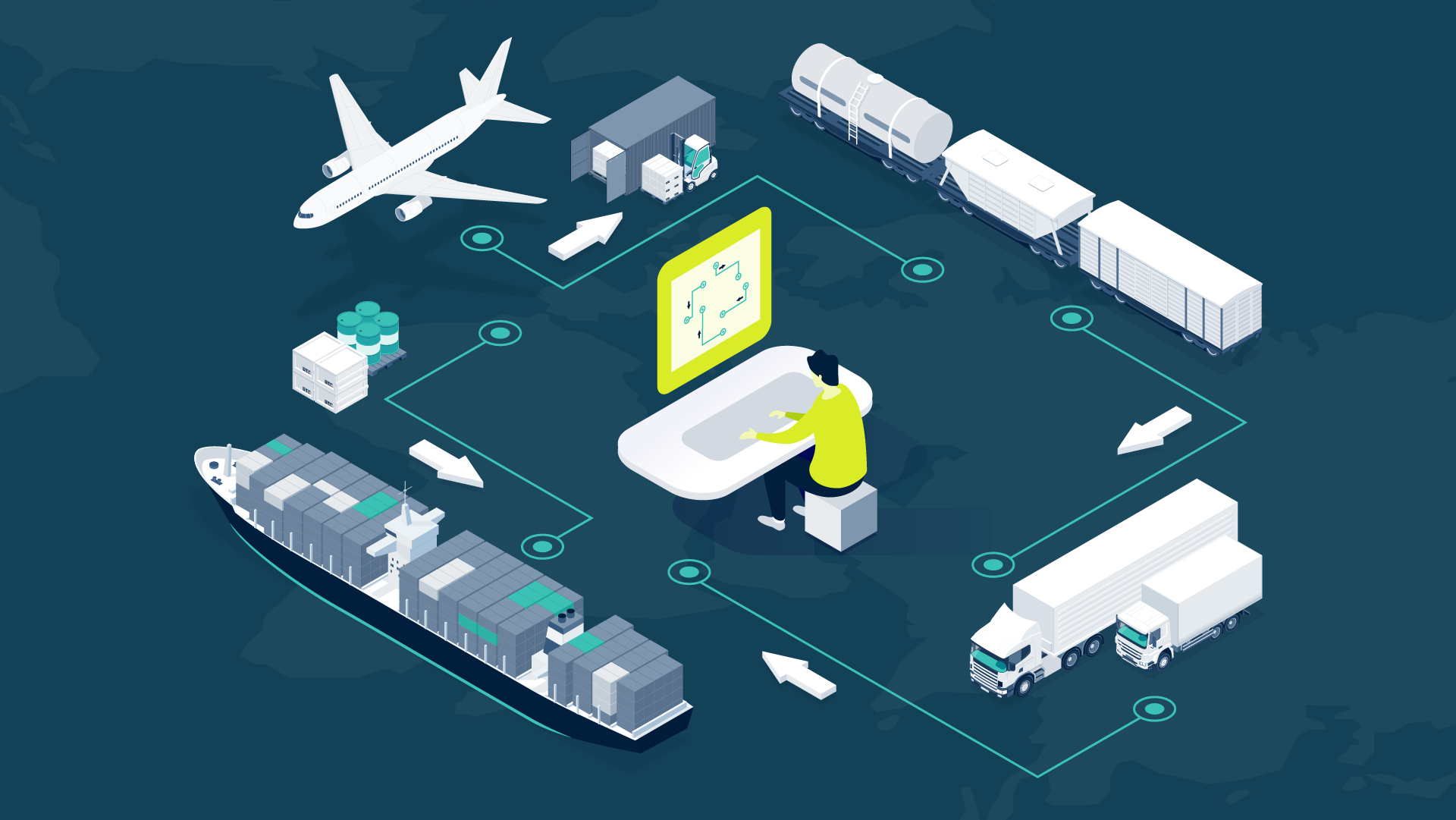
Since the 1990s, business process management (BPM) and process intelligence (PI) have been essential components of organizational development. Although the fundamental needs of customers have largely remained the same over the years, technological advancements have continually advanced to help businesses streamline their operations. The core goal has consistently been to enhance value creation and ensure compliance.
The emergence of ChatGPT in 2022 and the subsequent rise of Large Language Models (LLMs) have fundamentally altered the landscape. Generative AI technology is now capable of supporting creative tasks that were previously considered beyond automation, marking a pivotal shift in business operations. This technological leap calls for a re-evaluation of BPM and PI.
Let’s explore the future of BPM technology through its key pillars and how they will drive state-of-the-art BPM and PI to unprecedented heights, in response to changing customer demands and technological capabilities.
BPM technology: Embedded, automated and smart
As of 2024, BPM technology is already quite powerful. For example, Process Mining helps organizations uncover their processes by examining digital traces found in systems of record.
Organizations can uncover significant improvement opportunities by asking the right questions, such as identifying common process variants or detecting deviations that drive complexity.
However, merely identifying issues is not enough. Although helpful, standard processes (such as those from an ERP system), frequently lack the differentiation required to set a company apart from its competitors. What might a world full of identical business clones look like? Many organizations strive to differentiate themselves by implementing unique operational strategies, such as digitization, customer centricity, or quality focus.
Aligning systems, processes and people toward a unified goal is essential. This harmonization—also known as modeling, designing or documenting a process—typically occurs during the architectural blueprinting stage. Despite its significance, this stage is often unpopular among BPM experts due to the ongoing challenge of keeping dynamic processes up to date. Nevertheless, understanding these processes is essential for efficient management. This is why system implementations and automations are based on well-documented process blueprints (e.g. BPMN models). Employee training based on these models guarantees efficiency and consistency in new ways of working.
To remain competitive, organizations must continuously improve. Much like an athlete striving for peak performance, organizations need to consistently improve their processes. This involves ongoing improvement and control processes, creating a persistent and self-improving organizational system.
Process management: From expert-driven to democratized
A significant barrier in BPM has always been the lack of process experts and expertise.
Effective BPM requires a structured approach to documenting processes, which is often challenging due to the abstract nature of process thinking. Historically, process documentation has been done pragmatically, often resulting in unsustainable sketches. However, technology (cf. Image 1) now simplifies the formalization of textual process descriptions into standardized formats like BPMN.
Human-centric approaches in BPM and Process Intelligence
Future trends in BPM and Process Intelligence technology
The transition to future BPM will be gradual, driven by customer demand and the availability of supporting technology. In the coming years, AI will semi-automate many manual operations, increasing productivity and allowing BPM experts to focus on higher-value activities.
Looking ahead, it will be fascinating to reflect in a decade on the evolution of BPM. Let’s set a date in 2034 to celebrate the advancements we will have achieved by then.






